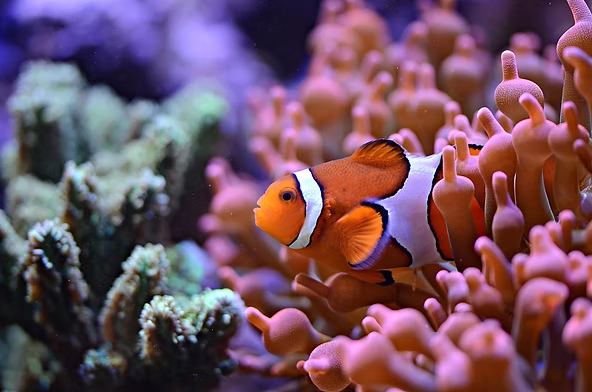Using Sound to Restore Coral Reefs
Marine life is vast and endlessly fascinating, with more questions than answers still awaiting discovery. In 2016, marine biologist Stephen Simpson from England studied Lizard Island, a site devastated by cyclones in 2014 and 2015. Simpson described it as feeling like a graveyard, with almost no signs of life remaining.
An Innovative Approach
Undeterred, Simpson, together with his student Timothy, decided to revive the coral ecosystem. They built small artificial reefs and employed a unique technique: using sound to attract marine life back to the area. Recordings of healthy reef sounds — including fish whistling, wheezing, and dolphin squeals — were played, successfully drawing marine creatures back.
From Lab to Ocean
Before implementing the idea in the field, Simpson and Timothy conducted thorough laboratory research to ensure the method was scientifically sound. Early results were promising, showing that marine life responded positively to the “sound of life” and began returning to the restored reefs.
Expanding Research
The project is still ongoing, with studies in the Caribbean showing encouraging results. Simpson notes, “The fish are hearing their way home.” If scaled effectively, this approach could become a key tool for restoring marine ecosystems worldwide.

